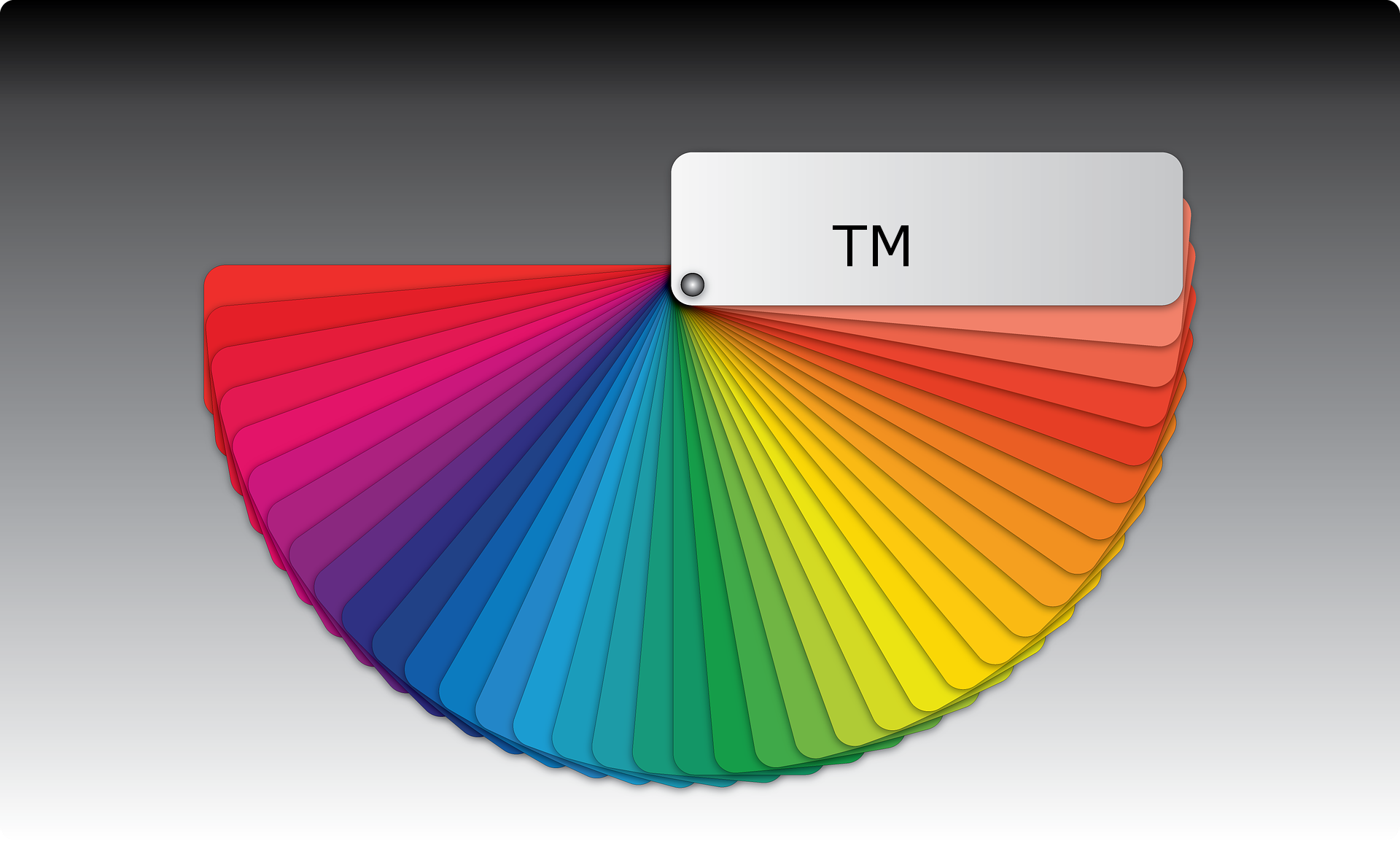UPS Brown. Tiffany & Co Blue. These are a handful of examples of corporations that have protected a color for their own use. It may seem hard to believe that a corporation could trademark a certain color or combination of colors.
Many people are surprised to learn that a whole field of color theory exists in marketing in which the effects and meanings of colors are studied, not to mention how color can influence a consumer’s purchasing decisions. Although colors can seem very arbitrary, in recent years they’ve become the basis of some very heated legal battles and millions of dollars in legal fees.
In fact, the trend of trademarking a color is somewhat recent, and the cases in which a company can receive the trademark are rare. A corporation must prove that the color is not a “functional” color, meaning that the color doesn’t represent the product, only the brand. Another blogger over at colormatters.com does an exceptional job of giving the legal, and societal context for the legal battle over color rights, which can be found here.
It is well worth the read if you are considering a new color scheme for your company or if you’re a color hobbyist.




